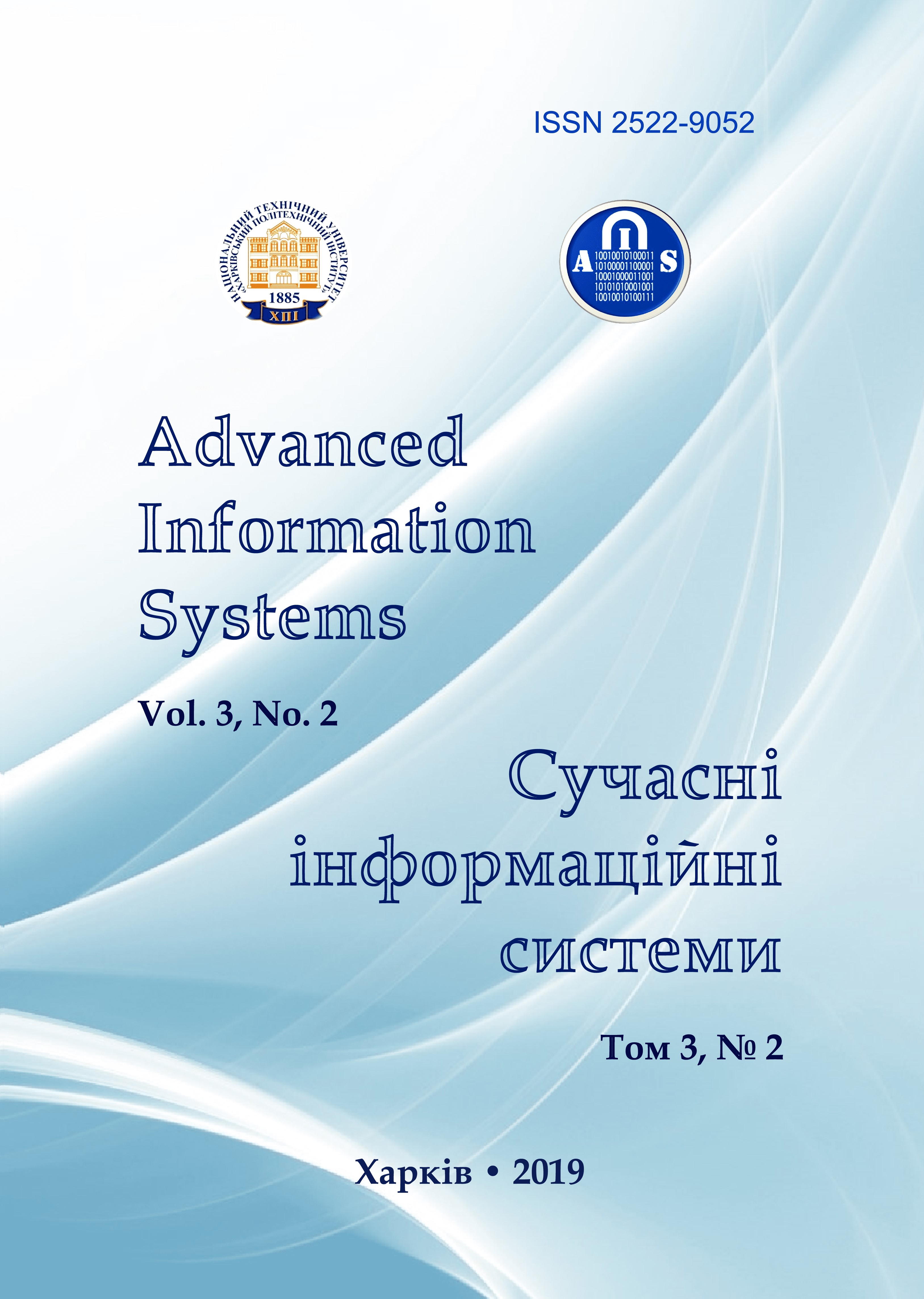MODELLİNG OF THE RATİONALLY DEPLOYMENT OF OBSERVİNG SYSTEMS
Main Article Content
Abstract
Article Details
References
Nasibov, Y.A. (2014), “Geoinformation system, application areas and benefits”, Herbi Bilik, 4, pp. 18–26.
Sabziev, E.N., Bayramov, A.A. and Nasibov, Y.A. (2018), “Modelling of the rationally deployment of technical observing systems in mountainous terrain”, Proc. of the International Scientific Conference “Modern Problems of Mathematical Modeling, Computational Methods and Information Technologies”, Rivne, Ukraine, 02–04 March, pp. 20–21.
Bayramov, A.A., Hashimov, E.G. and Nasibov, Y.A. (2018), “The supervisory control systems deployment in mountainous terrain”, VIII Int. Conf. “Modern development trends of ICT and control methods”, Poltava, Ukraine, 26–27 April, pp. 3–4.
Nasibov, Y.A. and Bayramov, A.A. (2018), “The mountainous terrain digital elevation model making by GİS using”, Abstract book. EURASIAN GIS 2018 Congress, 04–07 September, Baku, Azerbaijan. p. 61.
Beklemishev, D.V. (1987), Course of analytic geometry and linear algebra, Nauka, FIZMAT, Moscow, 320 p.
Kanatnikov, А.N. and Krishenko, А.P. (2000), Analytic geometry, MSTU after N.E. Bauman, Moscow, 388 p.
Еrosh, Е.L. (2001), Discrete mathematics. Combinatorics, SPbGUAP, Saint-Petersburg, 37 p.
